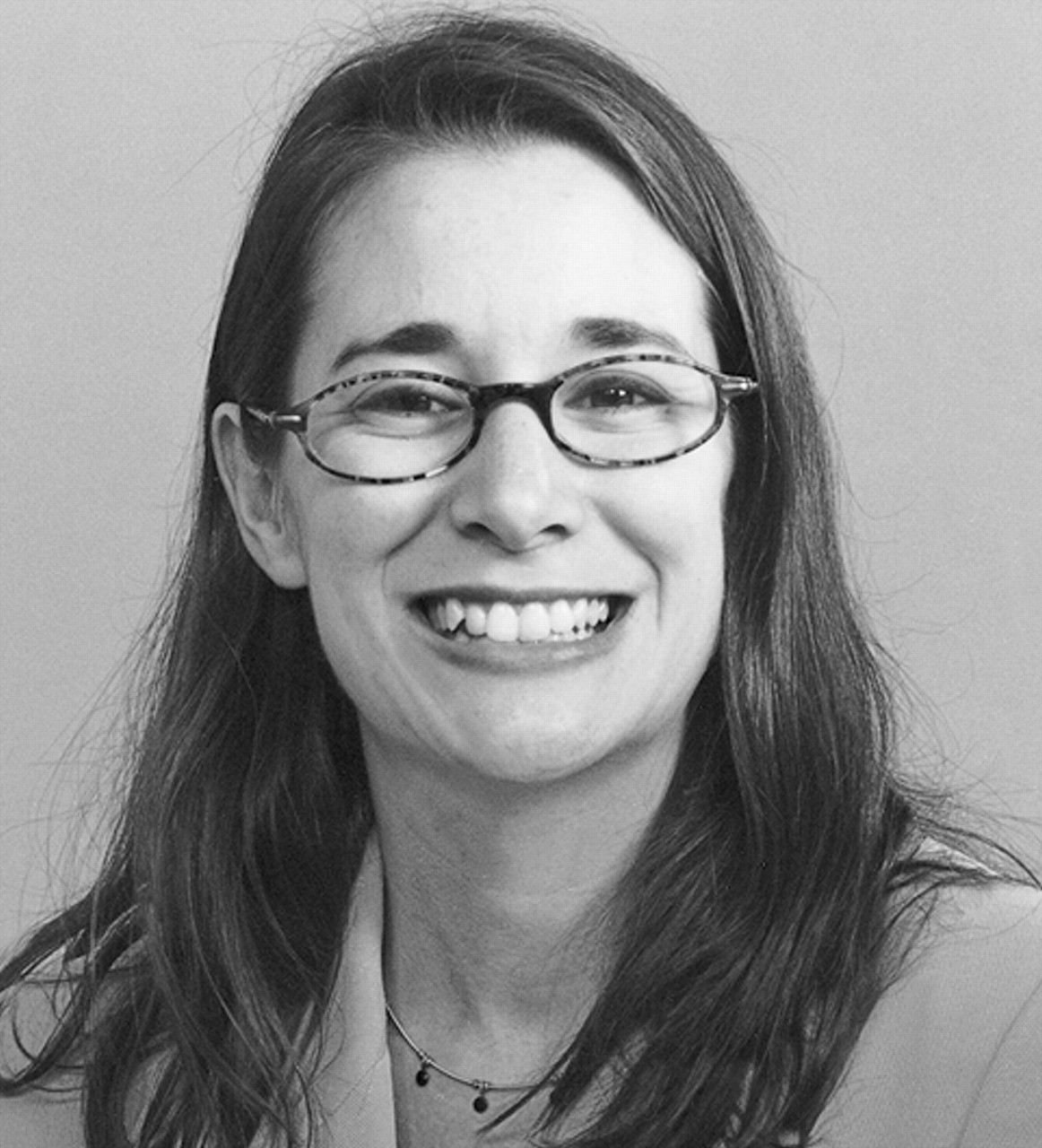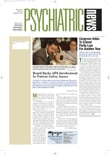When you step onto an elevator, you expect it to safely carry you to your destination. You don’t know the exact mechanism that moves the car. You don’t check to be sure it’s been inspected recently or if the mechanics who last repaired it had two months or 20 years of experience. You expect that there is a system in place to ensure certain standards of safety.
Patients have the same expectations when they enter a hospital or go to a clinic. Patients and their families realize that no one can predict the amount of harm that may come from illness, but they expect the environment of care to be safe. This is the focus of the patient-safety movement. Patient safety is a commitment to evaluate systems of health care delivery to ensure that when human errors occur, there is the least possible patient harm. The goal is for an error to be caught and reversed before the downstream effects ever reach the patient. Examples of errors include prescribing a medication to which a patient has an allergy or at the wrong dose, failing to monitor appropriately an area where a suicidal patient is waiting, or failing to follow up on an important lab. The inevitability of human error is accepted, and the focus is shifted to the systems that intervene between a health care provider and the patient.
Patient safety is an important issue for residents for many reasons. We are involved in direct care of psychiatrically and medically ill patients, often in a hospital setting. These patients can be very susceptible to harm from medical errors. We know there is often too much going on in a given clinical situation for any one person to manage every aspect. For instance, it would be unrealistic to expect a resident in the emergency department taking care of a suicidal patient to have thoroughly examined the physical space in which a patient would be waiting. Instead, the resident would be responsible for confirming that a person was in potential danger of self-harm and for writing an order that would automatically cause that patient to be moved into an environment that was predetermined to be “safe.”
Residents are sometimes susceptible to unrealistic expectations and may feel that they are supposed to know everything, do everything, be on top of every detail. This is simply impossible, but if we expect it in ourselves, it is more difficult to accept that errors (without blame) will occur. If we expect perfection, then any mistake becomes the fault of an individual. However, if we shift our expectation to excellence, and at the same time acknowledge that it is natural to make a mistake every now and then, we can begin to change the culture of blame that prevents implementation of patient-safety initiatives.
Many medical errors are not under a resident’s control. Some residents may believe that patient safety is an issue for the administration or attendings to deal with. However, we are very often perceived to be the person in charge by the patient and family during a hospitalization or clinic visit. We are the ones to whom patients and families look for an explanation when an error has occurred. And because we are so often involved in direct patient care, and because we are still learning, and because we work very hard and are often overtired, we are more likely to be involved in medical errors than administrators or attendings.
Residents are also very often the targets of administrators’ efforts to address patient-safety issues. One relevant example is resident work hours. Limitations on work hours to promote both patient and resident safety have caught the attention of the Residency Review Committees, many residency training programs, the Office of Safety and Health Administration, and even Congress. In the October 17 issue of the New England Journal of Medicine, resident work hours and implications for patient safety were a major topic. Readers may be familiar with the efforts of the AMA’s Resident and Fellow Section on this topic. Many residents are already involved in the work-hours issue, but there are many other policies that affect residents’ work practices and patient safety and deserve our attention and involvement.
For the past year, I have had the honor of working with other APA members on APA’s Task Force on Patient Safety. We have been working toward creating a document that highlights three important areas of patient safety within psychiatry: medication errors, patient suicide in hospital settings, and seclusion and restraint policies
(Psychiatric News, September 20; also see
page 1). The document also discusses the culture of blame that impedes the progress of the patient safety movement. We have gathered information from other fields to present the first psychiatry-focused document on patient safety. This is sure to be just the beginning of APA’s involvement in patient safety.
Residents need to become involved as well, both within APA and within their own institutions and working environments. I encourage you to consider some of the systems of care in place where you work. When you write an order for a medication, what are the steps that intervene before the patient actually swallows or is injected with that medication? Is there a double check regarding patient allergies or dosing? Do you have references close at hand to check on side-effect profiles and drug interactions? This information is now available in many formats, including pocket-size books and electronic format, especially PDA. But are they accessible to you within the time constraints under which we all work? And perhaps more importantly, how do you react when you make a mistake or hear of someone else’s mistake? Do you blame yourself or that individual? Or do you think about the system failures that allowed your mistake to reach the patient? Excellence is an attainable goal, but perfection is not. We must plan ahead for mistakes and have systems in place to protect patients from harm. ▪

